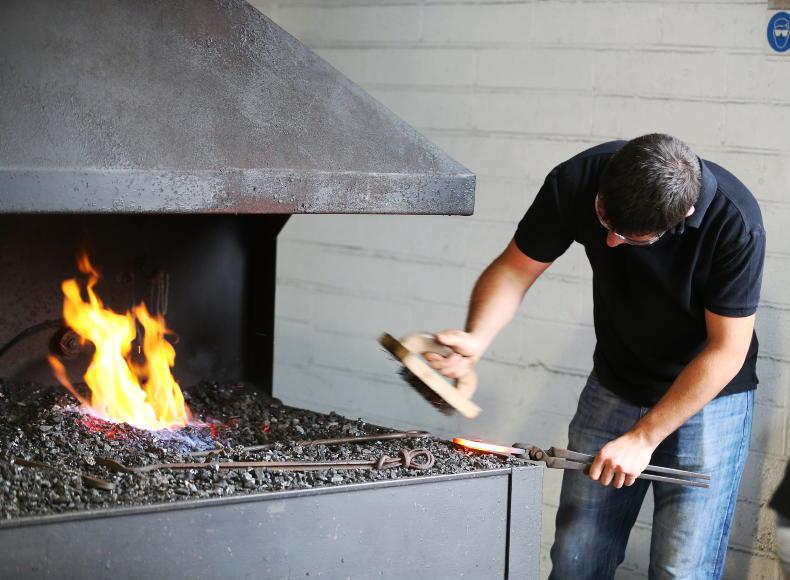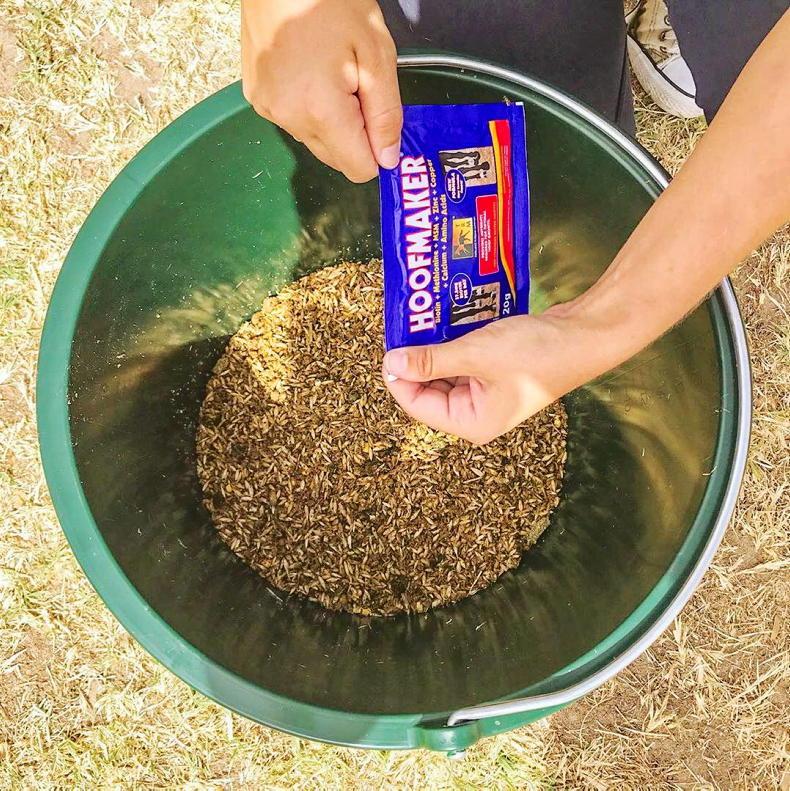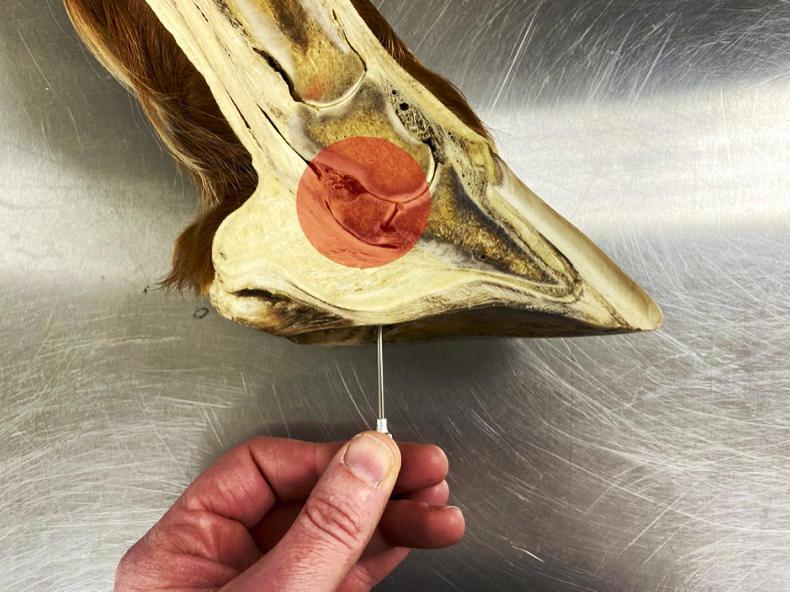A new study, led by the Royal Veterinary College (RVC) and funded by the Horserace Betting Levy Board, has shed light on the influence of horseshoe and surface conditions on racehorses’ hoof movements.
The study has implications for how racehorses’ athletic performance and safety can best be supported, both in training and on the racetrack. The findings of this research will be an important step towards helping both the racing industry and farriers understand how different shoeing practices impact horses’ movements during high-speed locomotion on different surfaces.
Hoof acceleration
Conducting this study, a team of researchers, led by Dr Kate Horan, a postdoctoral research scientist at the RVC, assessed the effect of eight horseshoe-surface combinations on hoof acceleration patterns in 13 retired thoroughbred racehorses. Hoof accelerations were measured using accelerometers, mounted to the dorsal hoof wall, as the horses trialled aluminium, barefoot, GluShu (an aluminium-rubber composite shoe) and steel shoeing conditions at gallop on turf and artificial surfaces. Linear mixed models were then used to determine whether surface, shoeing condition or stride time influenced maximum or minimum accelerations at hoof landing and during the push-off stage of the horses’ stride cycles.
Accelerations
The research found that during hoof landing, accelerations were increased for the hindlimbs and leading limbs. They were also elevated by 1.2 to 2.4 times across limbs on the turf surface compared to the artificial surface. It was also found that barefoot hooves experienced the lowest impact accelerations and that impact accelerations were increased as speed increased (or stride time decreased).
The findings also revealed that during the propulsive stage of a stride, accelerations recorded as the hooves pushed off from the ground surface were increased for low stride times, particularly in the hindlimbs. Accelerations were also increased on the artificial track during hoof push-off.
Increased push-off
Importantly, the researchers suggested that increased impact accelerations on turf and in shod conditions could be detrimental to horses’ health and have implications for musculoskeletal injuries. However, increased push-off accelerations on the artificial surface compared to the turf track may indicate that this surface returns more energy to the hoof, aiding propulsion and potentially conferring a performance benefit.
Kate Horan, postdoctoral research scientist at the RVC, and lead researcher on this paper, said: “This exciting study has demonstrated that patterns of hoof landing and push-off in galloping racehorses are affected by horseshoe and surface conditions.
“In contrast to other equestrian disciplines, the shoes permitted for racing thoroughbreds are currently tightly controlled in the UK by the British Horseracing Authority. In this study, we sought to explore the effect of both current and novel shoeing options on hoof-ground interactions using retired racehorses galloping on turf and artificial training tracks. This work was a collaborative effort involving James Coburn’s farriery team and staff and horses from the British Racing School.
“We hope that the findings from this research will equip the racing industry with new knowledge to inform their decision-making regarding horseshoes and surfaces and ultimately improve both the performance and safety of our racing equine athletes.”
Professor Thilo Pfau, principal investigator on the project said: “This project was a fantastic team effort with farriers, jockeys and scientists collaborating in an applied study addressing questions around shoeing and surfaces in Thoroughbred racehorses.
State-of-the-art
“Making use of state-of-the-art sensor technology, the rapid changes in movement experienced by the hooves on impact and during the push off phase have been documented for different shoeing conditions. The findings of this research provides important groundwork for future studies investigating shoeing related questions in the context of injury prevention.”
Henry Carnall, a farrier who was also part of the research team, said: “As a farrier, this study offered interesting insight into how modern sensor technology can provide evidence about how our shoeing practices influence hoof biomechanics when horses work at high speeds.”
Although further research is needed to more accurately relate these findings to specific injuries and racing outcomes, the study provides important foundational knowledge into how certain hoof-surface interactions may help achieve optimal performance and reduce injury risk in horse racing.


 This is a subscriber-only article
This is a subscriber-only article
 It looks like you're browsing in private mode
It looks like you're browsing in private mode










SHARING OPTIONS: